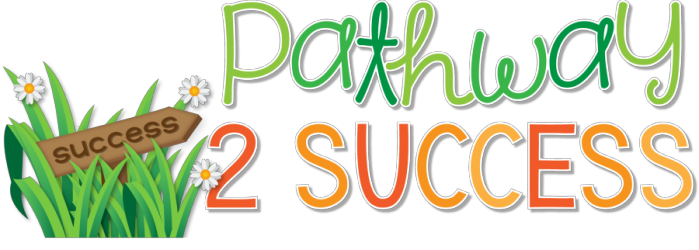Sometimes, kids and teens struggle in keeping their grades up. With enough struggle, students can end up failing a class (or just be in danger of failing). This can be for a multitude of reasons from being absent too many times to not understanding the concepts to not turning in assignments. Regardless of the reasons, […]
50+ Ways to Build Relationships with Kids & Teens
Why Relationships Matter The single most foundational element of social emotional learning is having strong relationships. In fact, relationships are the basis to all learning. Positive relationships help learners feel safe, respected, and connected. Further, by understanding learners at a deeper level, teachers can help students recognize strengths, work through challenges, identify goals, help through […]
12 Reasons Why Every Class Needs Morning Meeting
Morning meeting is a daily time to meet with students and help frame the day for success. Sometimes it might be called a daily check-in or morning circle. Whatever you call it, the idea is pretty simple. Educators sit with their students, greet each other by name, talk about topics that matter, and give everyone […]
9 FREE Executive Functioning Activities
Planning, organization, time management, and self-control. These are just a few of the extremely critical executive functioning skills that we use every day to accomplish tasks and be successful. We use them so regularly that we may forget their importance. But to kids and teens (and yes, even adults) who lack these skills, the struggle […]
9 Books to Highlight Kids with Disabilities
It is so important to read and discuss books that highlight students with disabilities. Not only does it help students become more knowledgeable and understanding about specific needs and challenges, but it also helps kids to become more inclusive, too. All students can relate to these books in some way, supporting the overarching idea that […]
Virtual Calm Down Activities
All kids and needs need positive activities to help calm the body and mind. Use these resources to help create a virtual calm down room or just to add to the self-regulation strategies you are already using. Calming Website Activities & Games Do Nothing for 2 Minutes Weave Silk Drawing Tangrams Word Clouds Jigsaw Puzzles […]
Strategies to Focus on SEL Through Distance Learning
In the midst of a challenging situation, it’s critical to make time and space for social emotional supports for learners. Simply put, social emotional skills are the foundation for overall well-being. Kids and teens need to feel safe, respected, loved, and valued. They need to have strong coping skills to work their emotional challenges and […]
Executive Functioning Activities to Start the Morning
Use engaging and fun executive functioning activities to help jump start kids and teens in the morning. Simple activities like mindful breathing, brain games, journaling, and exercising, can help activate students’ brains in the classroom.
Mindfulness Journal Ideas You Can Try Today
Mindfulness journal activities for kids and teens to help feel calm, focused, and happy. Mindful activities teach self-control, emotional management, growth mindset, self-love, and so much more. Use this as a daily morning practice or in your calm down area. Perfect for home or school. This post has printable and ideas you can use right away!
10 Reasons Why It’s Okay to Take a Sick Day
Educators need to be able to take sick days when they need them for physical and mental health needs. Instead of worrying about everyone else, teachers and support staff need to stop and focus on themselves! Here are 10 reasons why.
- 1
- 2
- 3
- …
- 7
- Next Page »













